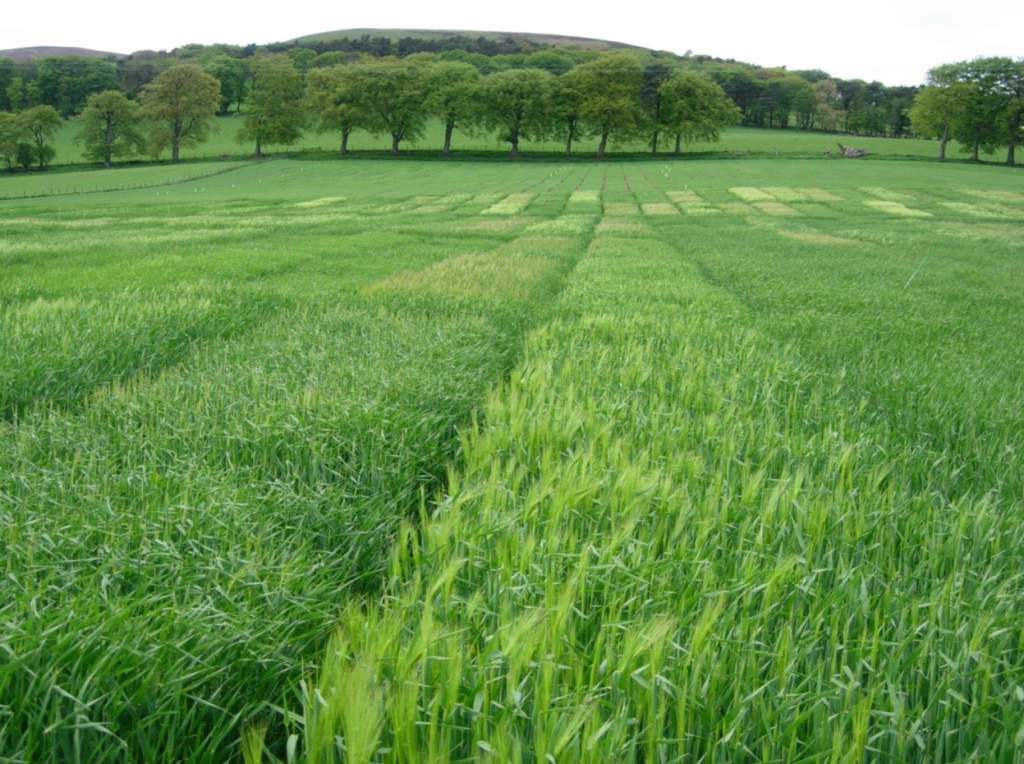Winter Barley: Disease risk monitoring – Early May 2020
13 May 2020Monitor Winter Barley growth rates to ensure disease control is timely.
SRUC‘s Crop Clinic ‘Adopt a Crop’ monitoring data for early May is shown in the table below. The data is generated in commercial crops so is indicative of the disease pressure and growth stages on farms at the moment. It should give you a guide to the generic disease pressure in your area.
| Winter Barley | Average | Maximum | Minimum |
|---|---|---|---|
| Crop Growth Stage | 35 | 41 | 23 |
| Net Bloth | 1 | 1 | 0 |
| Rhynchosporium | 3.6 | 7 | 0 |
Planning for booting sprays in barley will need to factor in that not all crops will have reached GS45-55 by the 20th May cut off for chlorothalonil use. The most responsive timing in the winter barley crop is the earlier T1 timing so the T2 spray aims to retain green leaf, manage any remaining foliar diseases, and keep ramularia levels down. Because it is dry at the moment the risk of rhynchosporium leaping up the crop is reduced although the weather can flip in a moment. Basically, the options used for T1 will also be good at T2.
Your local agricultural advisor or agronomist will be able to provide more detailed recommendations for chemical options targeted to your area and requirements.
Sign up to the FAS newsletter
Receive updates on news, events and publications from Scotland’s Farm Advisory Service

